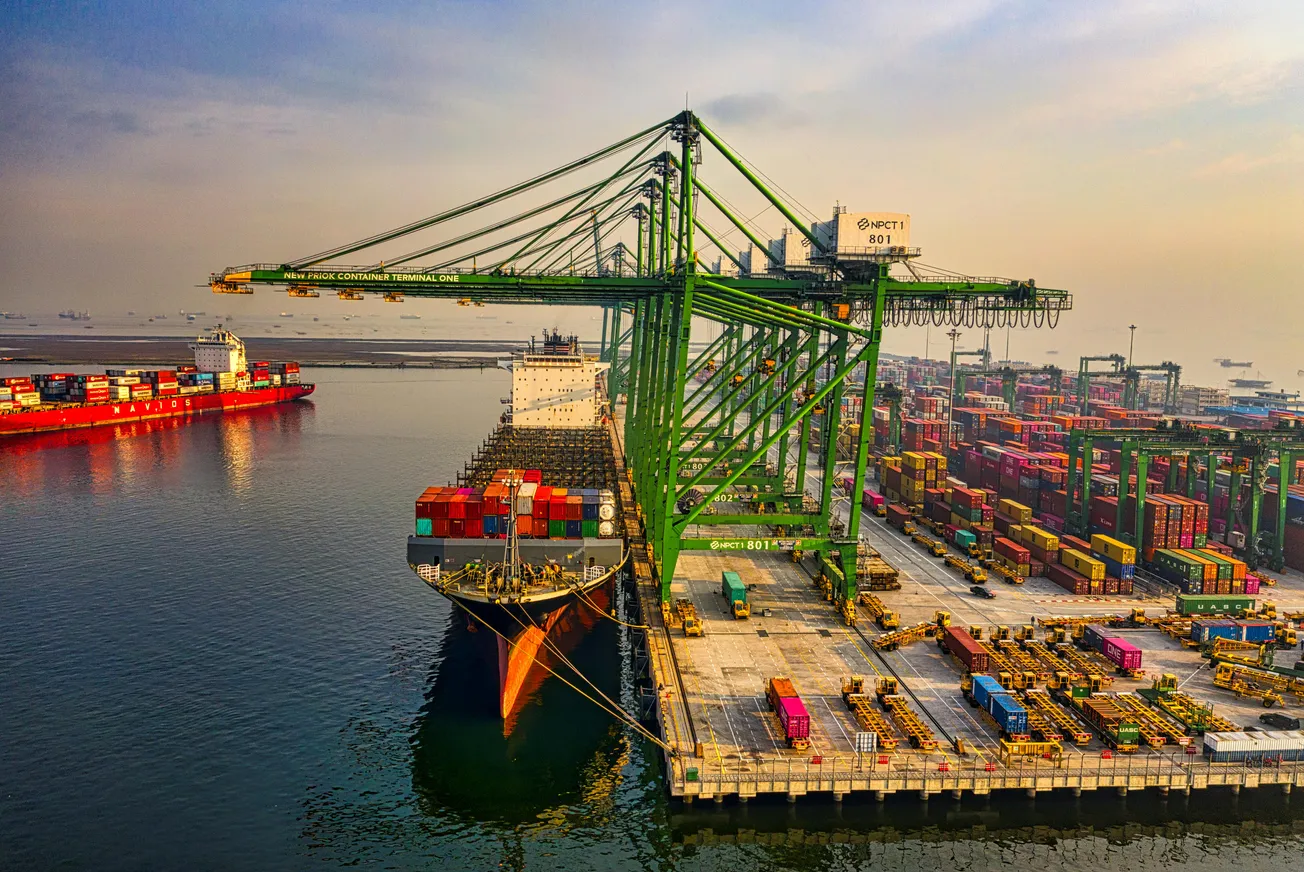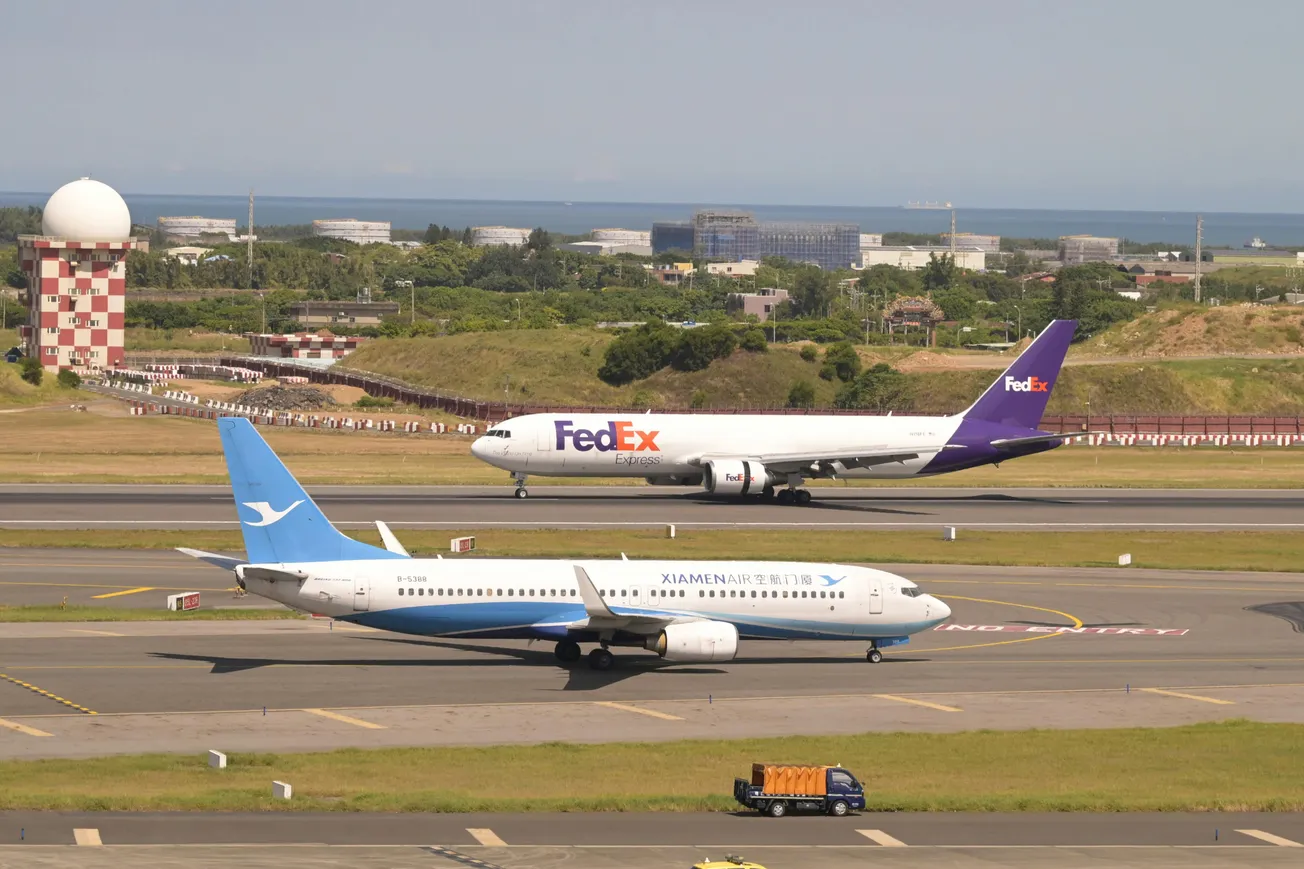In a significant escalation of trade tensions, the United States and China have imposed reciprocal port fees on each other’s maritime vessels, creating ripple effects across global transportation services and retail supply chains.
The new policies, announced in mid-October 2025, are prompting immediate vessel rerouting, tightening capacity, and driving up shipping rates—particularly on key transpacific trade lanes.
The Fee Structure and Immediate Impacts
China's Ministry of Transport began charging a new "special port service fee" on U.S.-owned, operated, flagged, or built ships on October 14.
The fee starts at RMB 400 (about $56) per net ton and is scheduled to rise annually to RMB 1,120 (~$157) by 2028.
This was a direct response to similar U.S. port fees targeting Chinese-linked vessels, implemented earlier this year by the Office of the United States Trade Representative (USTR), which range from $46 to $50 per net ton.
Shipping giants like Maersk and Hapag-Lloyd have already begun redirecting vessels to avoid these costly ports, leading to congestion in alternate routes and higher spot rates. The Shanghai Containerized Freight Index has jumped nearly 13% since the tariffs took effect.
Strategic Fallout: Cost, Delay, and Complexity
This tit-for-tat tariff war marks a pivotal moment for international transportation logistics. Retailers, manufacturers, and supply chain managers reliant on ocean freight between the U.S. and Asia are now facing increased lead times, cost volatility, and route complexity.
By pulling ships from high-tariff regions, operators are reshuffling global routes, potentially creating bottlenecks at less-prepared ports and reducing overall shipping efficiency. For shippers, the result is higher costs and a need for real-time visibility across increasingly unpredictable delivery schedules.
Implications for Retail and Supply Chain Operations
Retailers with deep dependencies on Chinese manufacturing—especially in categories like electronics, apparel, and seasonal goods—are especially vulnerable. Delays and cost increases during peak Q4 shipping windows may impact shelf availability, promotional planning, and margin targets.
Meanwhile, supply chain leaders are reassessing contracts, ownership structures, and delivery networks to mitigate exposure. Legal experts note that vessel ownership, operator identity, and even flag registration are now central to routing and tariff strategy.
A Policy Shift with Global Reach
This is more than a bilateral trade issue—it represents a significant shift in how geopolitical tensions now affect physical infrastructure and shipping economics. As the world watches the fallout from these port fees, the broader message is clear: transportation services are no longer immune to global politics.









